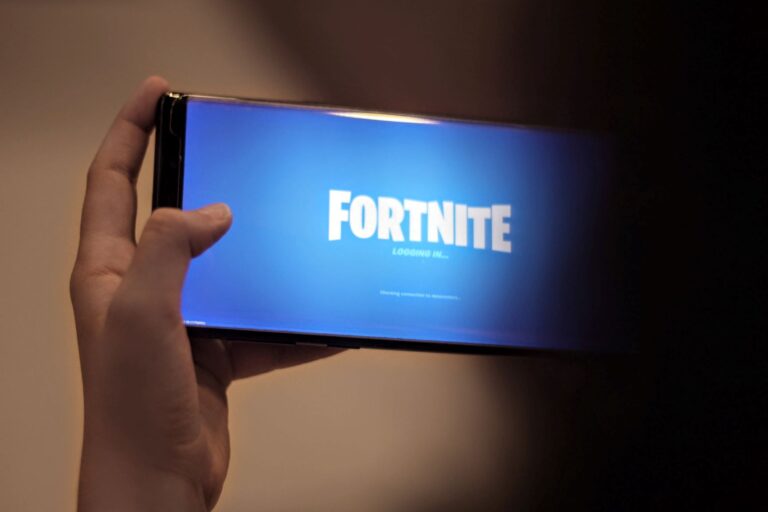Developing a smartphone app takes a considerable time commitment, and, unless you’re doing it purely for fun, prospective revenue is a motivating factor. In the second part of my Guide for First-Time App Developers series, I discuss the current state of the smartphone app market and the opportunities to consider when choosing a target platform. I provide information about how many potential users to expect, how engaged and willing to try new apps those users will be, and what level of competition you will face. Since the smartphone market is growing at a rapid pace, the presented opinions include my personal projections, so take them with a grain of salt. As in the first article of the series, I focus on two platform giants – Apple’s iPhone and Android – and the slowly-but-steadily emerging Windows Phone platform. At the end of each section below, I will specify a color-coded rating of each platform (red-yellow-green, with red being the worst and green being the best).
Size of the User Base
Generating app revenue depends on having a reasonably large base of prospective users. While the iPhone is very popular in the US, with a market share upwards of 40% (only slightly behind Android), the undisputed worldwide champion is Android with more than 70% of new smartphone shipments (more than 200 million new units every year!). One obstacle for Apple in the global market is that many non-US users prefer more affordable phones, so in some large markets like Russia and China, Apple’s share has decreased. In addition, a number of service providers abroad refuse to pay a high premium to sell Apple’s iPhones. Working in favor of Apple is their devoted customer base, and once (if?) they figure out how to attract international users, they could bite into Android’s share. In any case, for the considerable future, it is safe to say that if you plan to develop a simple and very user-friendly app for the general public, Android is the platform to go with.
Compared to the two giants, Windows Phone’s market share is almost negligible (less than 5% for both US and worldwide). This doesn’t mean that things are not changing: Windows Phone has more than doubled in total users over the past year and has achieved a significant share in, for example, the UK and France. At this pace, Windows Phone will grow above 5% very soon, and I expect several factors to further speed up the expansion. First of all, Nokia, released from the shackles of Symbian OS, finally went back to developing quality phones that are a good value for the money. The second major factor is the conversion of feature phone users to smartphones. These users choose Windows Phones in higher percentages than users who are upgrading an existing smartphone, and the number of conversions is projected to rise considerably (there are still more feature phones than smartphones out there). And finally, Windows Phone 8 is a decent mobile OS and Microsoft has gone a long way from the terrible Windows Mobile. So, even though a Windows Phone app might not reach dozens of millions of users right now, the situation will change soon enough.
Result: ⬤ Android ⬤ iPhone ⬤ Windows Phone
User Engagement
An iPhone is more expensive than an average Android phone and is geared towards the younger, trendier, and higher-end crowd. It should come as no surprise, then, that an average iPhone user is willing to spend more on apps, is more engaged with the phone, and uses the phone more frequently. According to Distimo’s recent report, the daily revenue for the top 200 iPhone apps was $5.1 million per day during April 2013, which is even more impressive when compared to the $1.1 million earned by the top 200 apps in the Google Play store (data for the US). The average app developer earnings are better, too, as a significantly higher percentage of iPhone apps earn $500 per month or more. The easy conclusion is that developing for iPhone will result in higher revenue, but keep in mind that this may change in the longer term (meaning a couple of years in the smartphone industry). Android has already been gaining ground – possibly due to the success of high-end Samsung phones – and, as international users start spending more on apps, the gap will narrow.
In comparison to the big two, Windows Phone users spend less money on apps, and in-app ad revenue declined considerably after Microsoft stopped its Bing ad campaign (which was essentially a subsidy for app developers). For now, both app developers and Microsoft will have to stay patient and offer quality products in hope of getting more users and higher revenue.
Result: ⬤ Android ⬤ iPhone ⬤ Windows Phone
Competition
The only advantage of developing Windows Phone apps as far as market-related considerations go is that the competition is not there yet. Google’s app store has topped one million apps and Apple’s store has 900,000. In contrast, there are a number of obvious gaps and niche opportunities in the Windows Phone marketplace, which currently houses only 160,000 apps. So, if you believe that Windows Phone will grow, it’s probably the right time to get into the market because once Windows Phone lives up to its potential, the competitive advantage will disappear with the avalanche of new apps that follows.
The decision of whether to compete against similar apps for iPhone or similar apps for Android probably depends on your particular app, as the offerings are substantial and comprehensive, but I will still point out some differences. Some reports indicate that Google Play has certain gaps in the marketplace (for example, more than 20% of the iPhone’s top paid apps are not available for Android), so replicating a successful iPhone app is one possibility. And, on the surface, the fact that Android apps are of reportedly lower quality than iPhone apps would indicate that you can trump the competition. My problem with this reasoning, however, is that, perhaps counter intuitively, stronger competition actually leads users to try out more new apps, including yours. When you factor in certain reports that Android apps are more difficult to discover, I feel comfortable giving the iPhone a slight nod here.
Result: ⬤ Android ⬤ iPhone ⬤ Windows Phone
Bottom Line
If you would like to generate immediate app revenue, iPhone is the smart and safe choice – the user base is substantial and, more importantly, ready to spend on a good app. For these reasons, it comes as no surprise that even some of the top developers stay exclusively with Apple. But this does not mean I would discourage development for Android or Windows Phone, especially if you have longer term plans. In the Web 2.0 world, online interactions are becoming predominant and Android’s huge user base is bound to eventually generate higher revenue, especially as users spend more time on their phones and use their phones for a wider range of tasks. In case of Windows Phone, it’s all about the potential: slow but seemingly steady growth and opportunities stemming from the relatively weak competition. Whether you have the patience to wait for Android or confidence to take on a chance with Windows Phone remains completely up to you.







